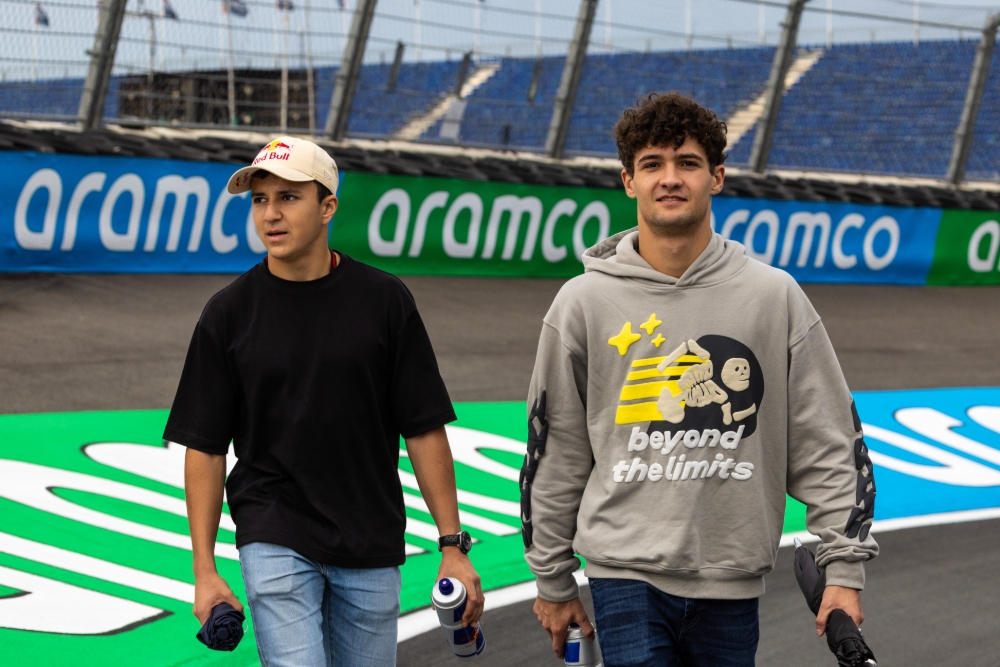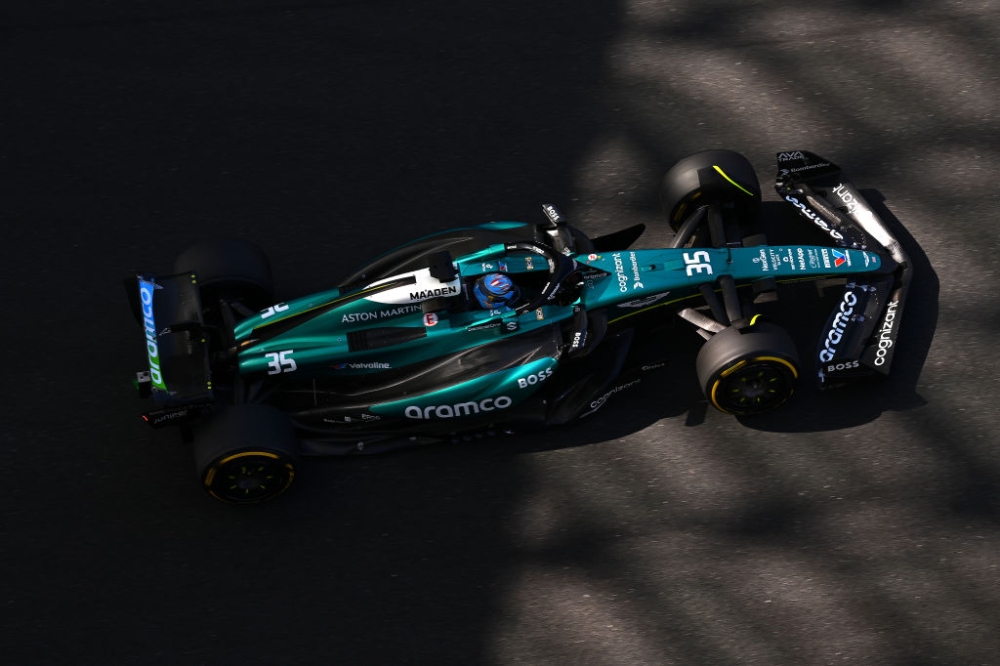The imminent arrival of a new American Formula 1 team is the source of significant excitement, but it also brings into perspective one of the major hurdles facing the most prominent aspect of any team.
As Cadillac prepares to enter in 2026, a lot of attention has been on the driver line-up, and the potential for an American to secure one of the seats. But as Colton Herta’s hopes of securing a Super License remain slim, and Kyle Kirkwood also remains a long shot as he needs an IndyCar championship win, perhaps the most likely addition with a U.S. passport is to be found in the European ranks.
Jak Crawford has been linked with Cadillac but is currently part of the Aston Martin setup, as he chases this year’s Formula 2 championship. He was just 14 when he was signed to the Red Bull junior program and made the switch to Europe in early 2020, a decision that was taken in partnership with his father, Tim, and was seen as a necessary step to chase an F1 seat.
But it was just the first of many steps along a tough-to-navigate path to even get into a position where Crawford is spoken about as a potential future F1 driver.
“I think that the Americans have a lot of really great options in the States, and they love living in their country,” Tim says. “I think it’s less risky to stay in the States if you’re a racer. To a certain degree, I feel the deck is stacked against you a little bit.
“The entire world of F1 is kind of based in the UK and, to a lesser extent, Europe. Heck, if [Arvid] Lindblad makes it to F1 next year, that would be six UK drivers. Nearly all the media is based in the UK, almost all the teams, so it’s just harder.
“The infrastructure is not set up for the Americans to succeed. You don’t know what relationships to form, things like that. So it’s just really hard to start from scratch.”
Getting support from an F1 team is the obvious route to help make the move to Europe, and the Crawfords did so at the first opportunity. But simply getting a chance as part of a junior program does not guarantee success.
“On our case, it was a little bit of a double-edged sword with Red Bull because they brought Jak to Europe,” Tim adds. “I won’t say it’s a regret, but it’s certainly one of the things that I signed the first contract that was put in front of us…
“But we found our way to Europe, and we probably would have with or without Helmut Marko, but it certainly made it a lot simpler at the start. Everything was kind of mapped out for us. And then it allowed us later to build up our support system.
“I think five years later on from that, we’ve got it all figured out. But we wouldn’t have had it figured out five years ago.”
After a strong early spell on the junior ladder, Crawford’s momentum stalled a little with seventh place in his second season of Formula 3 when racing for Prema. It was a year in which the three Prema drivers – Crawford, Oliver Bearman, and Arthur Leclerc – had just one win apiece and failed to take a pole position between them.

Crawford raced alongside highly-rated F1 rookie Isack Hadjar when he was a part of the Red Bull Junior Team. Dutch Photo Agency/Red Bull Content Pool
After that frustrating year, he still stepped up to F2 the following season and marginally beat his older teammate Isack Hadjar – who is now showing his class in F1 at Racing Bulls – in 2023, but he felt leaving the program after that season actually opened up a different development path for him.
“I remember, after my F3 year, it was kind of a reality check,” Jak says. “I knew I was under pressure. I knew I needed to work a bit harder. Then, my first year in F2, it was actually, I think from myself, quite a good season. I beat my team-mate, Hadjar, that year, and I think I performed very well.
“The car was not good, and then, right when I think I’m going to stay on, then I get dropped.
“When I got told the news, I wasn’t surprised, let’s say, just based off my previous year. So it didn’t really affect me, I was able to just basically keep up that workflow. I’d already started that year, on my own, so I was able to bring in people around me that could help.”
